
Son Tra or Son Tra?
Once in Quang Nam newspaper there was a debate about the name Son Cha or Son Tra. The person who defended the name Son Cha cited folk memories. That their paternal and maternal grandparents called it Cha, or the coastal people of Man Thai, Tho Quang at the foot of the mountain had a method of setting traps to catch fish...
Those who support the name Tra say that there are Tea trees on the mountain, some say there are Son Tra trees, citing documents from China, France, England and the former Southern government all recording it as Tra. Truly no one gives in!
But surprisingly, there is an opinion that we should look for the origin of this word in Cham language. And we have the word Ja, which means Mr. Ja. Ja can be read as Tra or Cha. It turns out that Son Tra is Ong mountain! It's so simple and easy to understand.
Da Nang seaport - on one side is Ong mountain, on the other side is Ba mountain (Ba Na). Obviously it is in line with the way of thinking of worshipping men and women that we see everywhere. Cu Lao Cham has Ong and Ba islands, Ban Than landscape, fishing villages from Da Nang to Binh Dinh... also have Ong and Ba islands.
Furthermore, Tra or Cha is fine, but if we can keep the sound Tra, in a hundred years, for example, when all memories of the folk name have faded, we will have the basis to recognize the connection with other place names in Quang Nam with the same sound Tra such as: Tra Nhieu, Tra Que, Tra Doa, Tra Kieu... because from Son Tra, Ong mountain, we understand that it is simply the land of Mr. Nhieu, Mr. Que, Mr. Doa, Mr. Kieu.
Am Tra - the source of connection
The Champa capital before the 10th century was located in Tra Kieu today. Its Champa name was Simhapura, Lion Capital, but early Chinese historical records, in the Thuy Kinh Chu, recorded it as Dien Xung Capital. It is difficult to find any connection from all those names.

In a conference on Ngu Xa Tra Kieu, many people raised hypotheses about the name Tra Kieu. For example, the word Tra has the radical “thao” above, which actually has some relation to plants and trees such as tea trees. But Tra Kieu does not have any areas that grow tea.
As for the sound Kieu, as usual, many people search in Chinese characters. Kieu is a word with Chinese elements; Kieu 㠐 (the radical Son is on top, the word Cao is at the bottom) reflects the local characteristics, with many high and sharp mountains. But there are many lands with many high and sharp mountains in Quang Nam, but where else is there a place named Kieu?
Others hypothesize that Tra is Cha Va, which used to refer to the Indian people, and also the Cham people; Kieu is Kieu. So Tra Kieu is Indian Kieu, Cham Kieu. Without some basis to cling to, the reasoning about the names of villages or places will always be subjective and will have no end.
Obviously we see the sound Tra, although there is no certainty that it means Ong, but anyway it gives us a naming system from Quang Nam to Quang Ngai . If for some reason the sound Tra is lost, we also lose the entire origin to connect.
Name of the river
In Quang Nam, O Gia, O Da and Nam O (Da Nang) - are almost meaningless village names. O Gia appeared very early in Duong Van An's "O Chau Can Luc". The current sound O in Cham language means "nothing" - it has not given any connection in meaning.

But we know clearly that it is a Cham word through the event of Che Man offering two Chau O, Ly to Dai Viet through the wedding of Princess Huyen Tran. Therefore, O Gia, O Da must have some meaning.
Likewise, what does Thu Bon mean? Researcher Tran Phuong Ky (Tran Ky Phuong) once said that Thu Bon was a "tax collection" station of ancient Cham, but he has not provided any evidence.
Nguyen Sinh Duy said that the meaning of Thu Bon is "autumn river" or "autumn water of the Bon River" and quoted the poem "Thu Bon da bac" (秋湓夜泊) by King Le Thanh Tong. However, the character form of the word Thu Bon used by King Le Thanh Tong is not the same as the character form of the word Thu Bon that has been officially used in the past.
There is a theory that Thu Bon is the phonetic transcription of the word “sumut drak” in the Cham language with Sanskrit as “samudra”. “Sumut drak” is also written as “sumutdrak”, meaning “sea”, “coast”. Thus, a new hypothesis is that Thu Bon is the name used to refer to a river, a large river area - where it merges into Dai Chiem seaport.
Not only that, a Cham friend of this writer said that Thu Bon is the fruit of the Cham people: Thbon, which sounds reasonable because Thu Bon wharf in Duy Thu commune is the place where the fruit of the longan tree is gathered from upstream. The story of the origin of the name Thu Bon is probably long and it is difficult to know which is the most correct.
Da Nang - the capital of the Storm God
Da Nang is also a Cham name, Da is Dak, meaning water, Nang means wide. A wide bay of water is also called Vung Thung, but what few people know is that in the 12th century before, Da Nang was a big city of Champa, Rudra-pura citadel, the Storm Citadel. Rudra is the god of storms. This is recorded on the Khue Trung stele.
Thus, Da Nang with the largest tower complex in the country such as Xuan Duong, Khue Trung, Phong Le towers and is called Storm City. There is not enough solid data but there is a high possibility that this is a small country, a Mandala of the Champa kingdom.
King Le Thanh Tong, when standing on the top of Hai Van Pass looking down at Vung Thung, called it Lo Hac boat. Lo Hac appeared again in “Complete Historical Records” as the name of a country: “In 1360, in the winter of October, merchant ships from the countries of Lo Hac, Tra Nha, and Siam came to Van Don to trade and offer strange objects”.
An uncertain evidence, according to Priest Hoang Gia Khanh, is that the ancient Cham people read Rudra-pura as Ruttrabiuh, the first two sounds were read as Ru(t)drak. And the Vietnamese people read those two sounds as Lo Gian, Lo Gian, Lo Giang, Giang La.
If this is proven, we will have more data to imagine the residential and urban space of the land of Da Nang today during the years when it belonged to Champa, even in 1471, because that year, Le Thanh Tong attacked the Cu De river mouth (Da Nang) and captured the Cham general Bong Nga Sa who was guarding this river mouth.
With some evidence of the old names of ancient villages, we can clearly see that the names reflect a multicultural and multiracial interweaving. Hidden in these simple, meaningless names is the prosperous history of a kingdom, of a succession that is gradually fading away and will be erased at any time...
Source










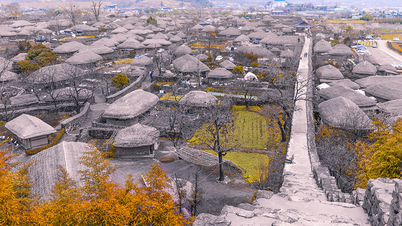
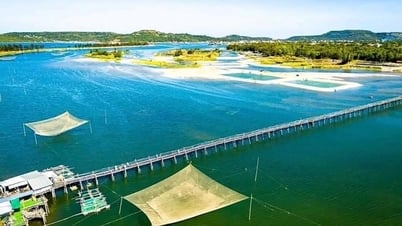

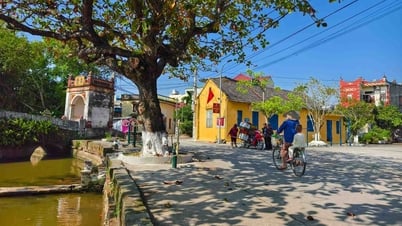
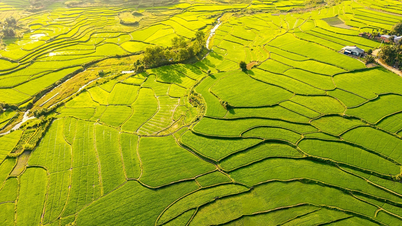

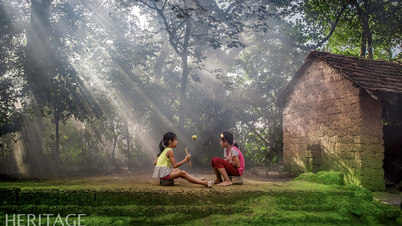

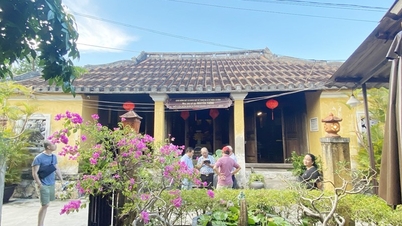


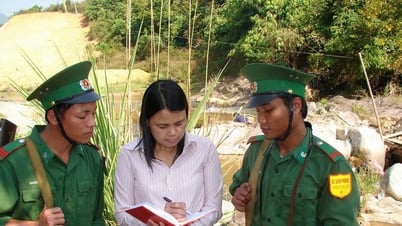
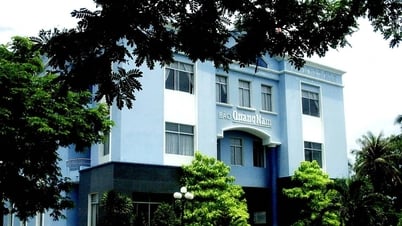
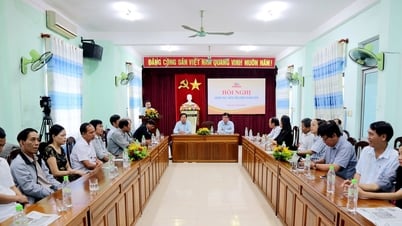





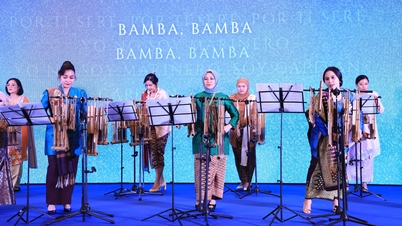


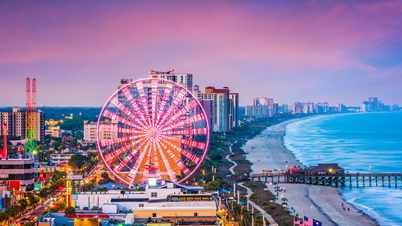
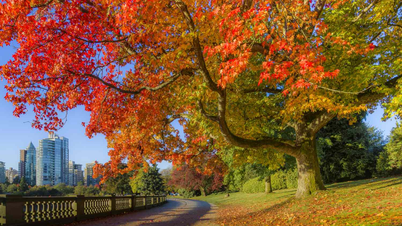
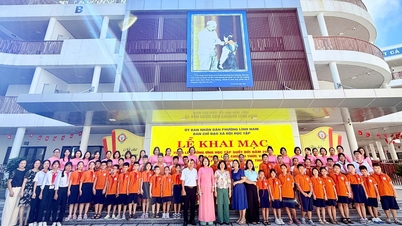
![[Photo] Binh Trieu 1 Bridge has been completed, raised by 1.1m, and will open to traffic at the end of November.](https://vphoto.vietnam.vn/thumb/1200x675/vietnam/resource/IMAGE/2025/10/2/a6549e2a3b5848a1ba76a1ded6141fae)









































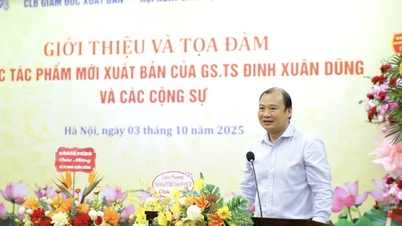



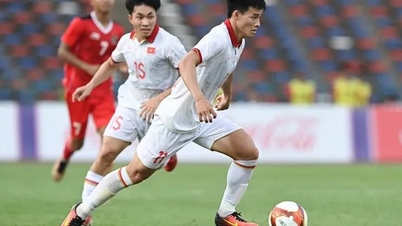
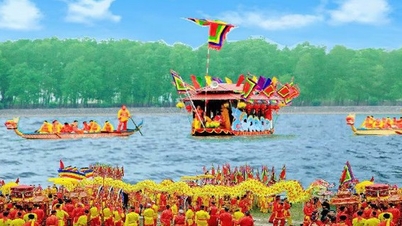
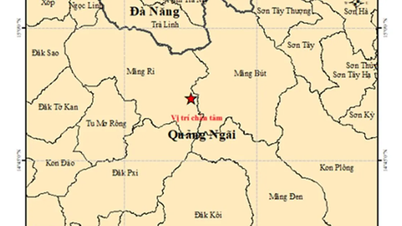

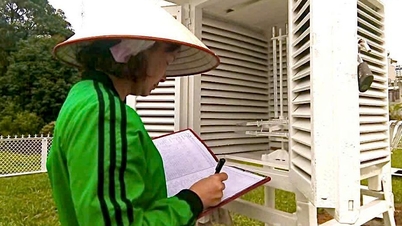

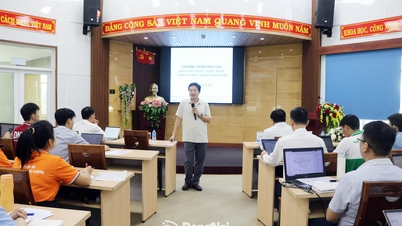

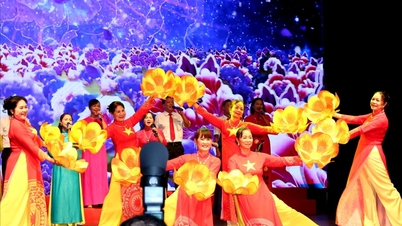

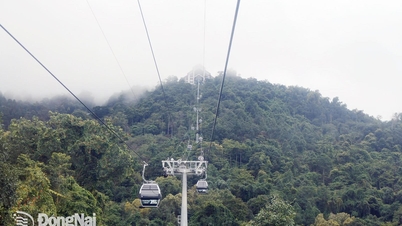
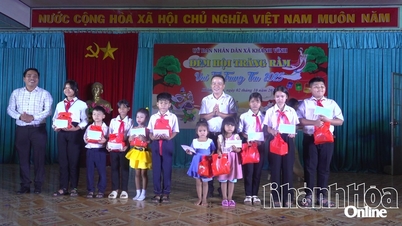












Comment (0)